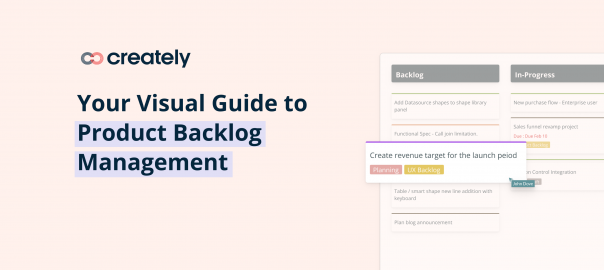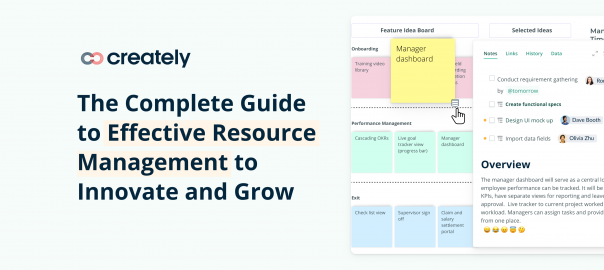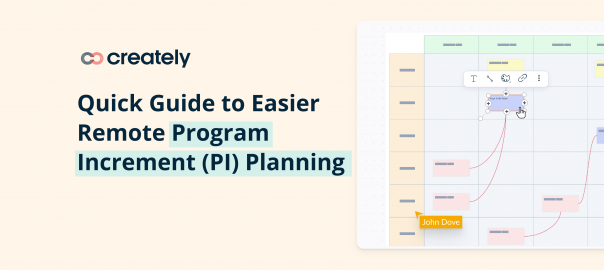2020 may have had other plans for all your goals, but a new year brings with it a blank slate and a chance to start afresh. As we re-center and look ahead, it’s important to set achievable and detailed plans to guide our new year goal setting process.
Setting lofty new year goals doesn’t mean much if you don’t have a way to get there. You need to find a way to create meaningful goals to focus your intentions. This ensures your team stays motivated throughout the year and doesn’t abandon their goals after a few weeks.
If goals are your rudder that points you in the direction you want to go, plans and processes are the oars that will actually get you there. Understanding the importance of goals and the techniques involved in setting achievable goals paves the way for success.
What is Goal Setting?
Goals can never be created in isolation, the context in which they are set and the plans around achieving them are what makes any goal useful. You can use goal setting techniques to give your organization long-term vision and short-term motivation. Concise goals allow your teams to focus on their acquisition of knowledge and helps them organize their time and resources in a more streamlined manner.
5 Principles of Successful Goal Setting
Commitment: Commitment refers to the degree to which an organization is attached to a goal. You need to set goals that align with your core values, the closer the goals are to your core values the more focused they will be on achieving them. When teams are less committed to goals- particularly more challenging ones, there is a higher chance of them giving up. If your team is strongly committed to your goals they are more likely to do what needs to be done to accomplish them.
Clarity: When a goal is vague it has very little utility. The most important task is to set precise and unambiguous goals that can be measured. Teams need to communicate with each other in order to achieve goals, so being able to talk about them in accurate terms allows them to better align themselves and carry out tasks more efficiently.
Challenge: It’s important to set goals that are challenging yet attainable. Challenging goals can increase self-satisfaction and help teams develop new skills to achieve them. If a goal is unreasonably lofty then teams will develop a feeling of dissatisfaction and frustration when they are not achieved.
Complexity: Finding the optimal level of complexity of your goals can be a challenge. Special efforts should be made to break down complex problems into smaller, more manageable tasks. Highly complex goals can become overwhelming for people. For such goals, people need to be provided sufficient time to work toward the goal, improve performance, practice, or learn what is necessary for success.
Feedback: Goal setting is more effective in the presence of immediate feedback. It allows teams to assess the degree to which their goals are being achieved and how they are progressing.
How to Get Teams to Set and Achieve Goals
Small Steps: Goals need to be broken down into actionable plans. The board, long-term vision should be laid out into attainable steps along the way.
Put Things Down: Writing down your goals helps you commit them to memory. Post them in a visible location to keep them top of mind. You can use online collaborative tools like Creately where team members can get together and review these goals, and add inputs and suggestions whenever they feel necessary.
Offer Incentives: Devising the right incentive structure can greatly promote dedication and commitment to achieving their new year goals. The right incentives for each team will vary according to your team dynamic. Some teams work better when there is competition amongst members, other work better when the incentives promote cooperation.
Reward Success: A little bit of praise can go a long way. Recognizing and praising success is one of the best ways to reward a job well done. It’s best to do it amongst peers and can add a sense of validation to the efforts put in by team members.
Set New Goals Together: Getting teams together and setting goals as a collective is a great way to add a sense of ownership to the task at hand.
How Visual Tools Can Help
Visual goal-setting tools are a great way to formalize the goals for the coming year and serve as a common resource that teams can easily access and refer to.
SMART Goals
This tool allows you to structure your thinking and put achievable yet challenging goals in place. You can use this tool in the new year goal setting process. It allows you to finely and accurately define your goals and create concrete plans to accomplish them.

Specific: More clearly defined goals have a better chance of being accomplished. For a goal to be specific consider the 5 ‘W’ questions:
Who: Who is involved in this goal?
What: What do I want to accomplish?
Where: Where is this goal to be achieved?
When: When do I want to achieve this goal?
Why: Why do I want to achieve this goal?
Measurable: How do you measure your success once you have accomplished your goal? Use this tool to list down how you will measure progress and how you will know once your goal is achieved.
Achievable: Answer tough questions like do you have the expertise, time, money, and resources to achieve this goal?
Relevant: A goal should relate to the situation you are trying to address. It’s important to consider whether achieving this goal contributes to significant business growth?
Timely: Your goals should have deadlines and they should be realistic. This will create urgency and energize you to get the work done without procrastinating.
Action Plans
Using an action plan allows teams to break down long-term goals into specific steps that need to be accomplished along the way. The template provides a visual representation of the new year goal setting process what needs to be accomplished. It lists important dates that need to be kept in mind and highlights what each team member’s responsibility is.
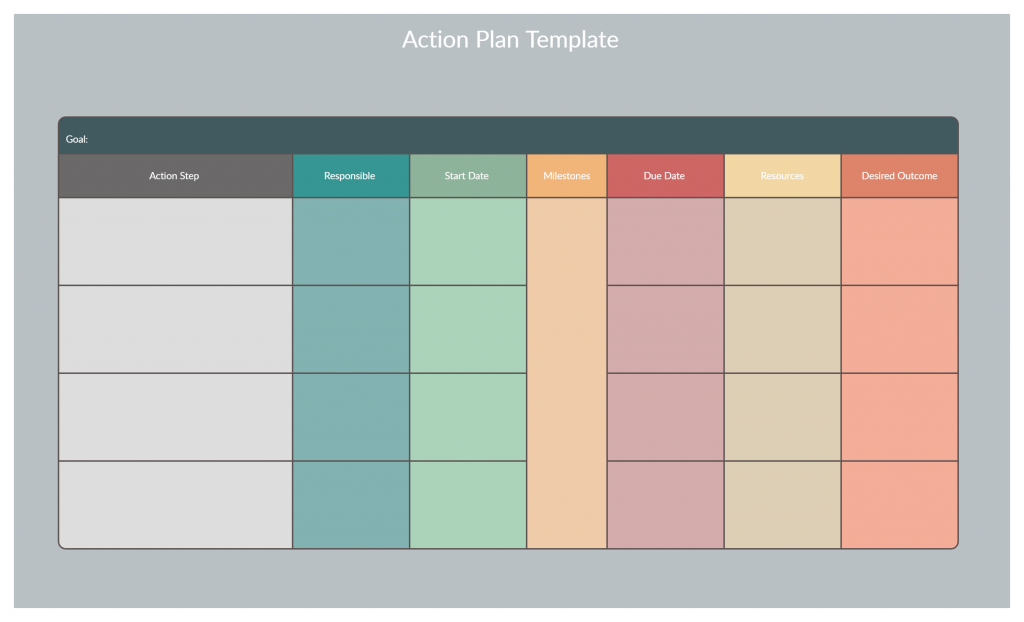
Objectives and Key Results
Once the team goals are decided, the objective and key results templates help assign individual members with specific tasks. This ensures clarity and avoids duplication of work.

Visual Task Management
Goal setting is just the beginning. Organisational success depends largely on how effectively teams can organize themselves to execute the goals they have set for themselves. Using visual task management tools like Asna and Favro helps you keep track of the various aspects of your project and serve as a central hub where teams can track progress, identify delays, note dependencies, and much more.
Kanban Boards
Kanban boards visually depict work at various stages of a process using cards to represent work items and columns to represent each stage of the process. It enables you to optimise your workflow and can promote focus, boost visibility, and increase productivity. Visual details are displayed in a single place on a Kanban board, minimizing the time spent tracking down progress reports or sitting in status update meetings.
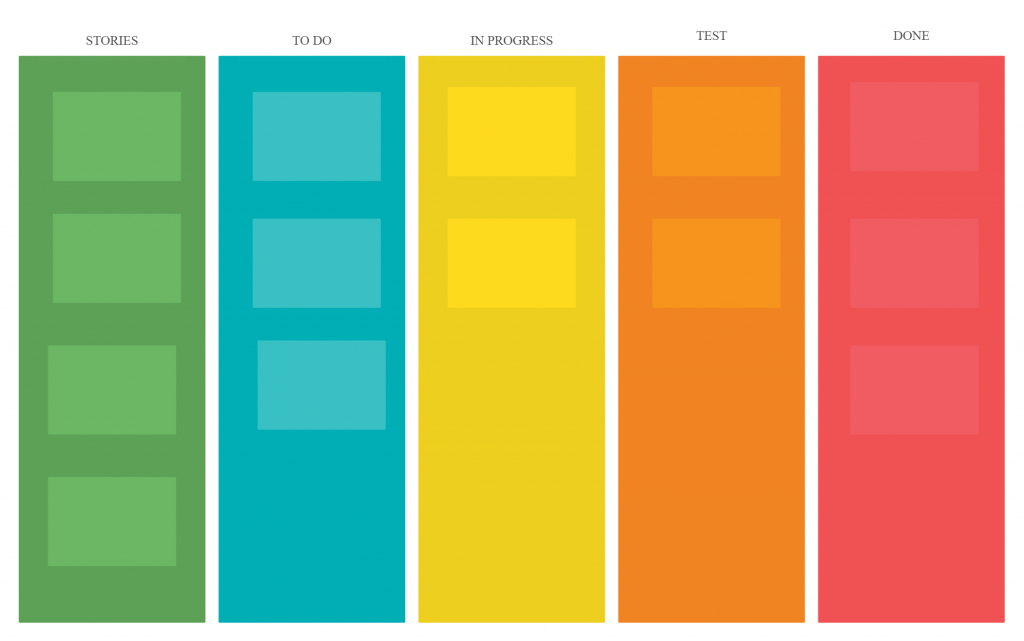
Scrum Boards
Scrum boards are a simple visualisation tool that helps teams plan and execute short, focused tasks that align with larger goals. It provides a daily recap of the status of individual tasks, the progress made and helps identify blockers that are in the way.

Gantt Charts
Gantt charts are a project management tool that teams can use to track the progress of a project and the work that is scheduled to be done on a specific day over the lifetime of the project. It can also help you view the start and end dates of a project in one simple chart. It helps teams prioritize tasks and identify which tasks may be holding up others if not completed on time.
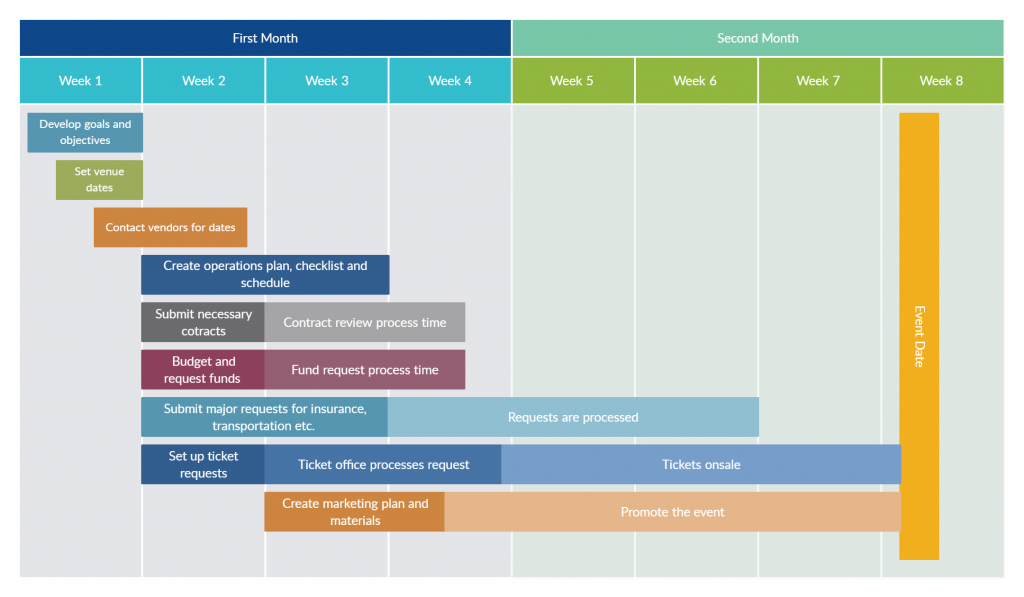
Have More Tips on How to Set Goals for the New Year?
Goal setting is both an art and a science. The key is to find techniques that work for your individual teams. You need to constantly track, adjust, and make improvements to the way you set and address your goals. This is what will keep your teams focused and motivated. If you have any goal setting tips that have worked for your team or plans on how you are going to implement them in the future, please let us know in the comments below.


